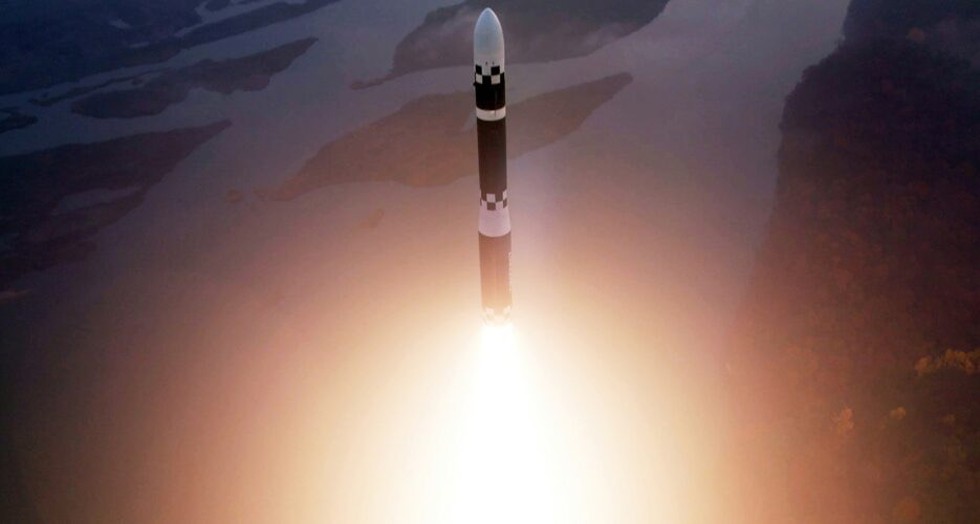About Hwasong-19:
- It is a North Korean intercontinental ballistic missile (ICBM).
- As the latest addition to the Hwasong series, the Hwasong-19 incorporates solid-fuel propulsion, which allows it to be deployed more rapidly than liquid-fueled missiles, making it harder to detect and intercept.
- It is estimated to be at least 28 meters long (92 feet), while advanced U.S. and Russian ICBMs are less than 20 meters long (66 feet).
- Analysts estimate that if launched on a standard trajectory, the Hwasong-19 could cover distances exceeding 13,000 kilometers, enough to target the U.S. mainland.
What is an intercontinental ballistic missile (ICBM)?
- An ICBM is a long-range missile that is designed to deliver nuclear warheads, although it could also deliver other payloads.
- According to the Federation of American Scientists, ICBMs have a minimum range of 5,500 kilometres (3,400 miles), with maximum ranges varying from 7,000 to 16,000 kilometres.
- ICBMs are much faster and have a greater range than other types of ballistic missiles.
- Designed primarily for strategic purposes, ICBMs are usually launched from land or submarines and travel through space before re-entering the Earth’s atmosphere to reach distant targets.
- Agni-V is an Indian ICBM with a range of over 5,000 km.
